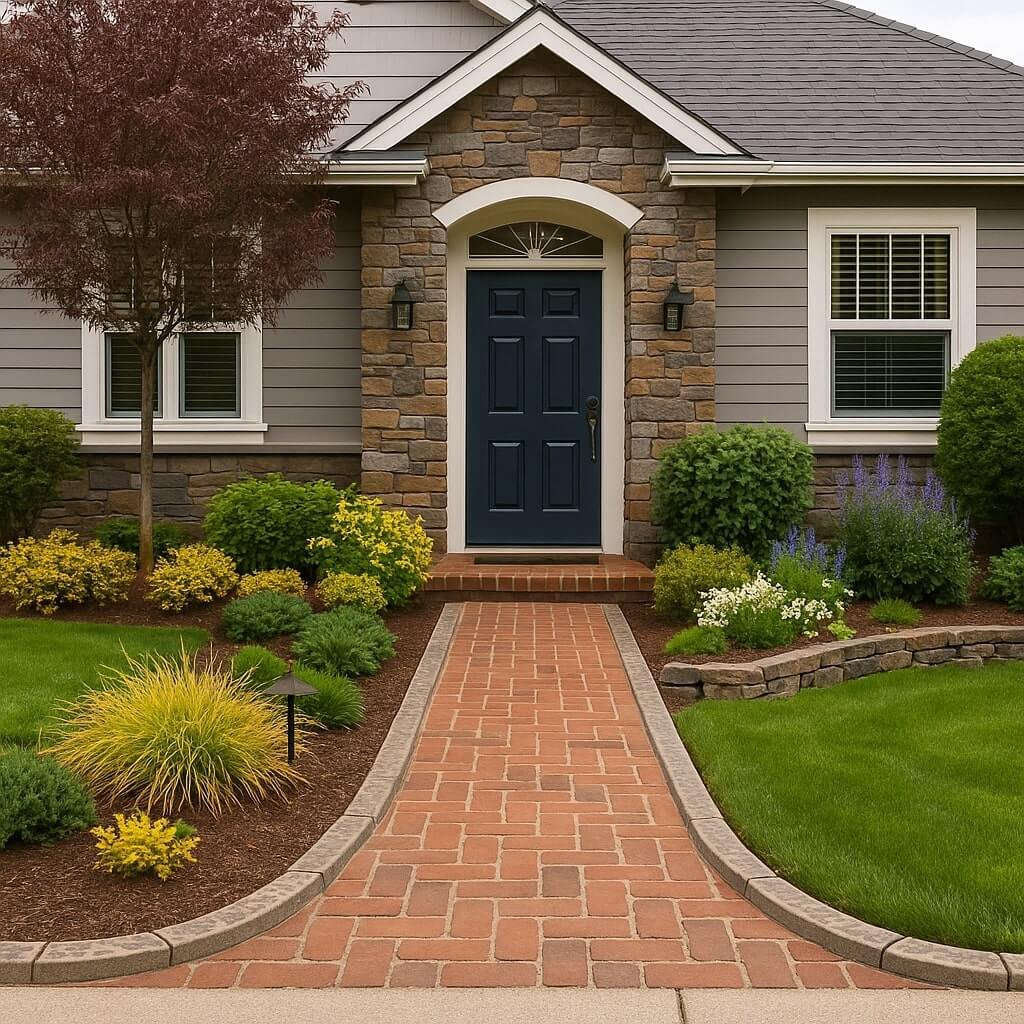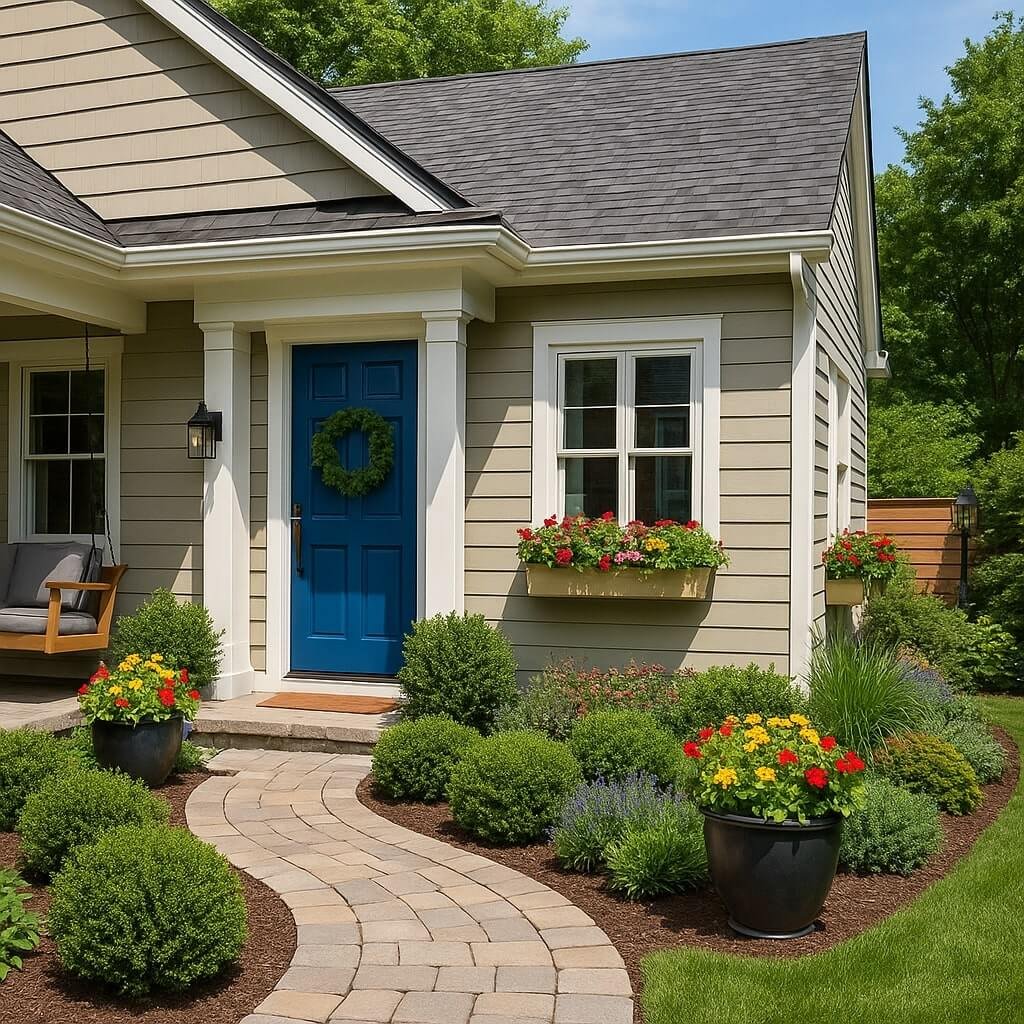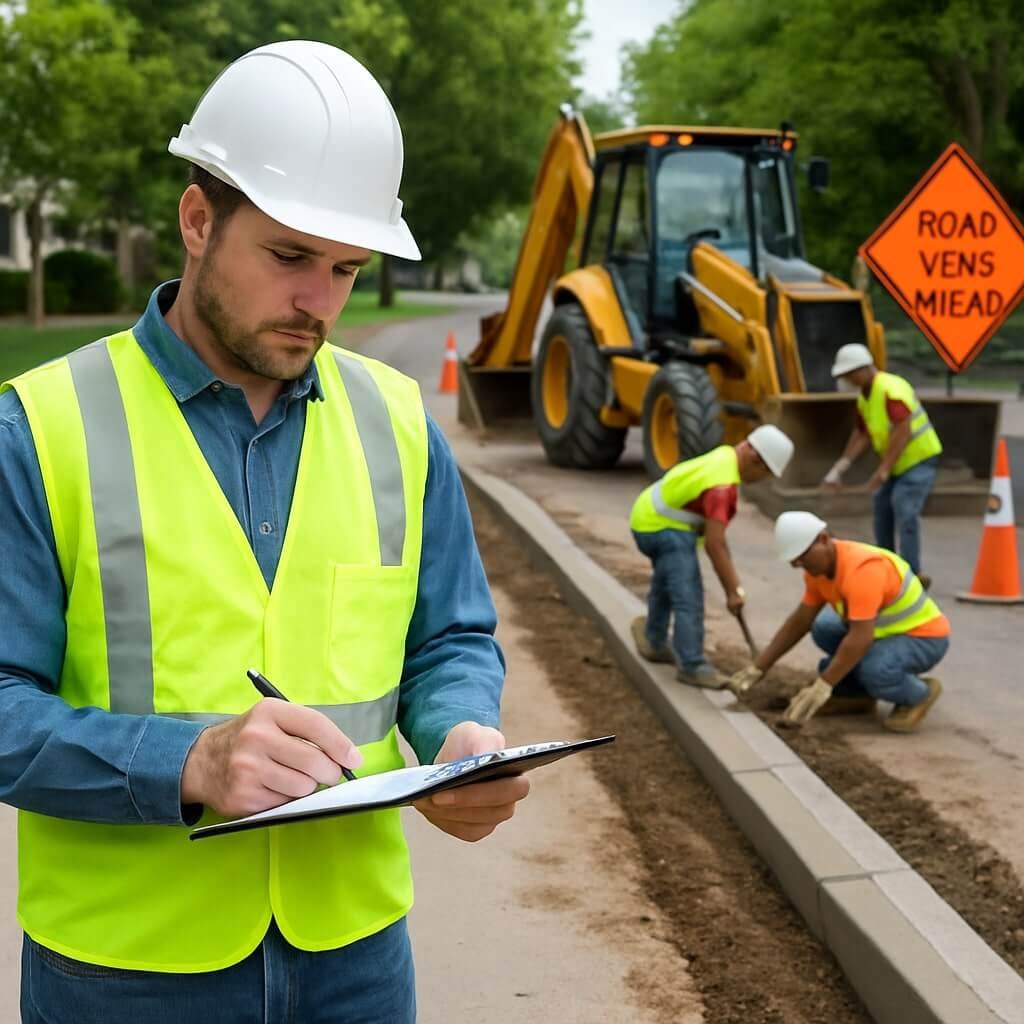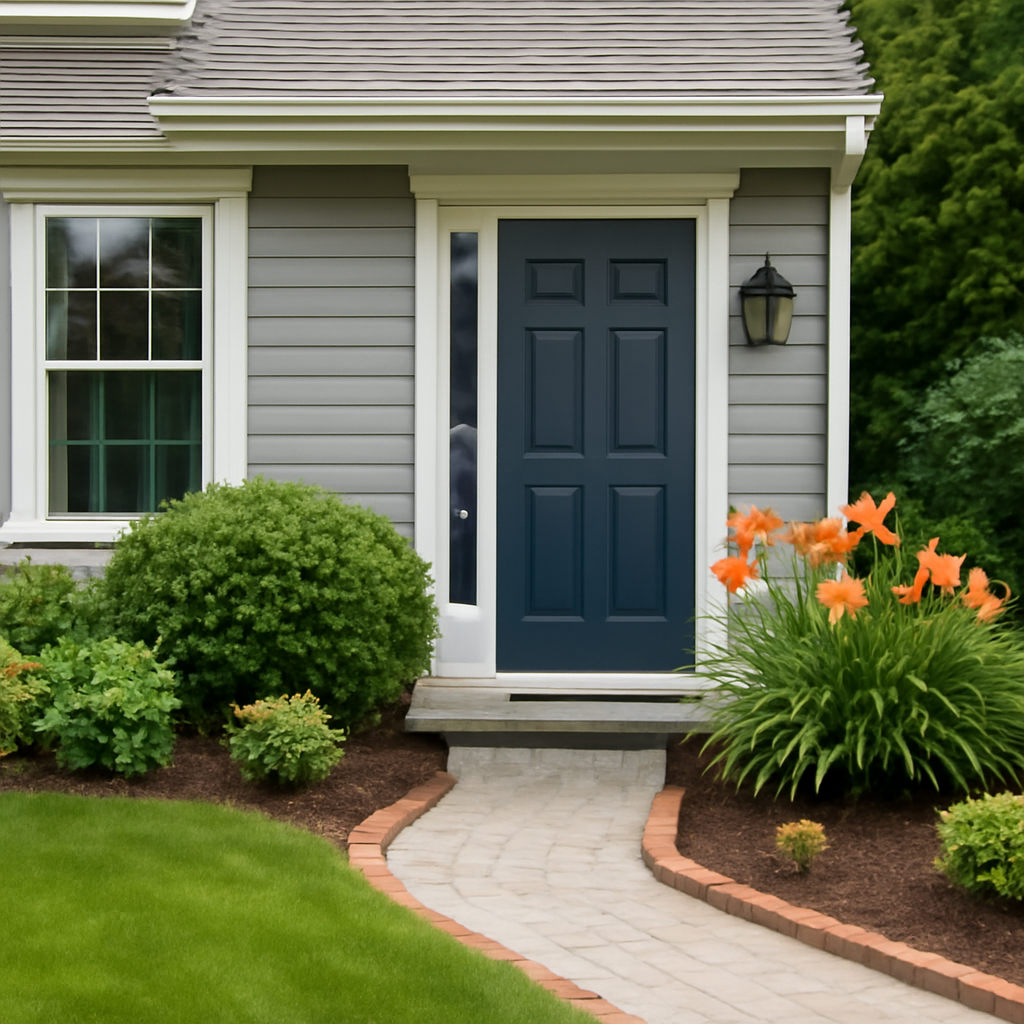Curb appeal is more than just a buzzword—it’s the first impression your home makes. Whether you’re looking to sell or simply want to fall in love with your home all over again, curb improvements can dramatically transform the look and feel of your property. In this guide, we’ll walk you through custom curb improvement designs that align with your style and boost the overall aesthetic of your home.
Why Curb Appeal Matters
Boosting Home Value
Real estate experts agree that good curb appeal can increase your home’s market value by up to 7%. It’s a key factor buyers notice and remember.
Enhancing First Impressions
Your home’s exterior sets the tone for what’s inside. An inviting, well-designed curb can make neighbors envious and guests feel welcome before they even step through the door.
Understanding Custom Curb Improvement
What Makes a Design “Custom”?
A custom design reflects the personality, lifestyle, and preferences of the homeowner. This could mean using rare materials, incorporating unique shapes, or designing something entirely from scratch that stands out in the neighborhood.
Choosing the Right Design for Your Home
Matching your exterior to the architectural style of your house is key. A Victorian home calls for different features than a mid-century modern house. Personal preference, climate, and budget also play major roles.
Top 10 Custom Curb Improvement Designs
Modern Minimalist Landscaping
Think clean lines, geometric planting, and gravel paths. This design minimizes clutter while emphasizing structure and intentionality.
Vintage Brick Pathways
Nothing says timeless charm like a meandering brick path. It complements traditional and cottage-style homes beautifully.
Contemporary Lighting Fixtures
Use LED spotlights, lantern posts, or motion-sensitive lighting to highlight your landscaping or guide guests at night.
Decorative Concrete Borders
Stamped or stained concrete can elevate simple borders into standout features. Choose patterns and colors that contrast with your lawn or flower beds.
Native Plant Gardens
Planting native flowers and shrubs not only supports local biodiversity but also requires less maintenance and watering.
Rustic Stone Retaining Walls
Great for sloped yards, these add texture and depth while preventing erosion. Pair with wildflowers for a natural look.
Smart Irrigation Systems
Automated systems save water and keep your landscape healthy year-round. Some even adjust based on weather data.
Artistic Mailbox and House Numbers
Replace generic options with bold, modern numerals or a custom-designed mailbox to add flair right at the curb.
Statement Entry Doors
A bright red, navy blue, or even wood-carved front door makes a powerful design statement.
Custom Fence and Gate Designs
From laser-cut steel to classic wrought iron, fences can frame your yard beautifully while boosting security.
How to Match Designs to Your Style
Style vs. Architecture
Match your style (modern, boho, coastal, etc.) to your home’s architecture to maintain visual harmony.
Color Schemes and Materials
Use a consistent color palette across walls, trims, fences, and landscaping materials. For example, neutral earth tones pair well with stone and wood.
Budgeting for Your Curb Improvement Project
Set a realistic budget. Costs can range from $500 for small DIY upgrades to $15,000+ for full landscaping with custom elements. Break your budget into phases if needed.
| Project | Estimated Cost |
|---|---|
| Lighting Fixtures | $300–$2,000 |
| Landscaping | $1,500–$10,000 |
| Retaining Wall | $2,000–$6,000 |
| Custom Mailbox | $100–$800 |
| Front Door | $400–$3,000 |
DIY vs. Hiring a Professional
DIY is great for tasks like painting or planting. For structural changes or electrical work, hiring a professional ensures safety and longevity. Use resources like HomeAdvisor to find local pros.
Sustainable Design Ideas
- Install rainwater harvesting systems
- Use solar-powered lights
- Choose drought-tolerant plants
- Recycle old bricks or stones into new features
Seasonal Curb Appeal Tips
- Spring: Plant colorful annuals, clean gutters
- Summer: Add shade with umbrellas or trees
- Fall: Use pumpkins, dried corn stalks, and mulch
- Winter: Add wreaths, lights, and evergreen planters
Common Mistakes to Avoid
- Overcrowding plants or decorations
- Using clashing color palettes
- Ignoring symmetry and proportion
- Forgetting functionality (e.g., drainage, lighting)
- Not considering maintenance needs
FAQs
1. How much does curb improvement increase home value?
On average, great curb appeal can raise a home’s value by 5–11%, depending on location and market.
2. What are the easiest curb improvements for beginners?
Painting the front door, adding planters, and installing solar lights are easy yet effective.
3. Are custom curb designs expensive?
They can be, but options like painted borders or unique plants are budget-friendly and still look great.
4. How often should I update my curb appeal?
Major updates every 5–10 years, with minor seasonal refreshes throughout the year.
5. What are LSI keywords in landscaping?
LSI (Latent Semantic Indexing) keywords include phrases like “outdoor lighting,” “garden design,” or “yard makeover,” which help with SEO.
6. Can I do curb improvement in an apartment or condo?
Yes! Focus on your entry door, small potted plants, and lighting around your unit.
Conclusion
Curb appeal isn’t just about looks—it’s about pride, personalization, and presentation. With custom curb improvement designs, you can showcase your style while enhancing the value and comfort of your home. Whether you’re going big with structural changes or starting small with lighting and plants, there’s always a way to refresh your outdoor space.




